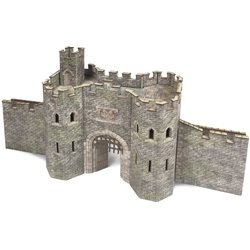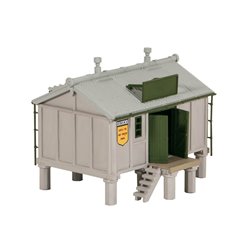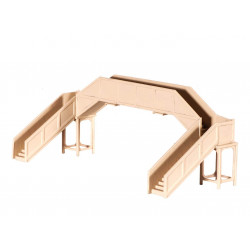Static grass puffer bottles work by manually charging model grass fibres with static electricity. When the charged...
No products
Product successfully added to your shopping cart
There are 0 items in your cart. There is 1 item in your cart.
Search Tips
Which is the best building kit for the beginner model to start with, plastic or card?
When it comes to building kits for beginner model railway enthusiasts, both plastic and ready-cut and ready-printed card kits have their advantages and disadvantages.
Plastic kits are typically easier to work with and require fewer tools than card kits. Most plastic kits come with pre-moulded parts that are glued together with little or no trimming required, making them ideal for beginners who are new to model building. Additionally, plastic kits generally offer a wider range of models to choose from, which can be helpful for beginners who are still exploring their interests in the hobby.
Ready-cut and ready-printed card kits, on the other hand, can offer greater flexibility and customisation options than plastic kits. These kits typically come with printed sheets of cardstock that have been pre-cut to the correct size and shape, allowing builders to simply glue the parts together to create a model. This can be a great option for beginners who want to create unique models that are not available as plastic kits, or who want to experiment with customising their models.
Ultimately, the best choice between plastic and ready-cut and ready-printed card kits will depend on the individual's personal preferences and experience level. Beginners who want an easy-to-use and forgiving material may prefer plastic kits, while those who want more flexibility and creative freedom may opt for card kits. It's also worth noting that some model railway enthusiasts prefer to work with a combination of both materials, using plastic kits for some models and card kits for others.
Click here to receive the tips weekly in your mailbox. You can unsubscribe at any time.










